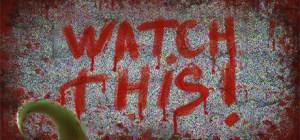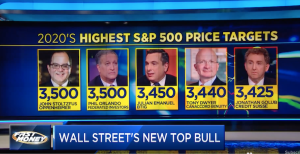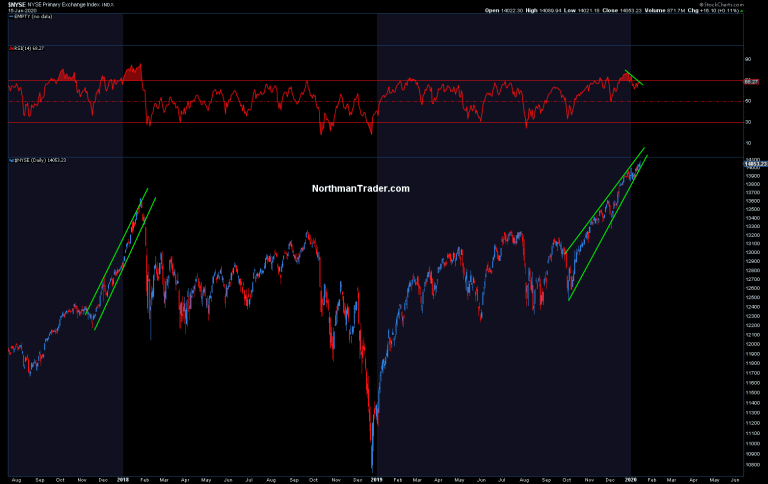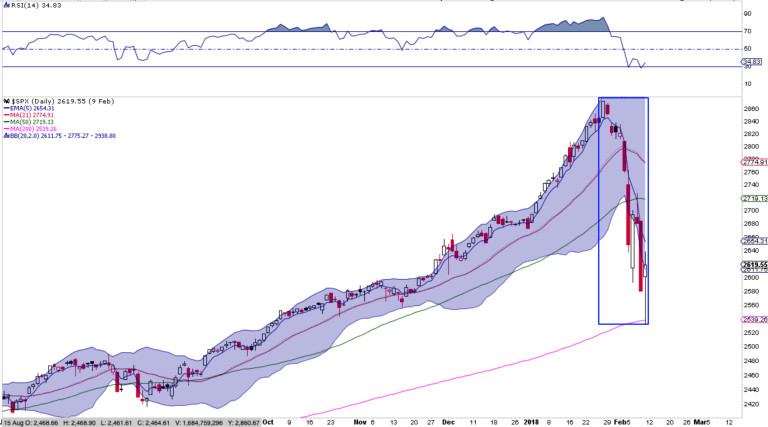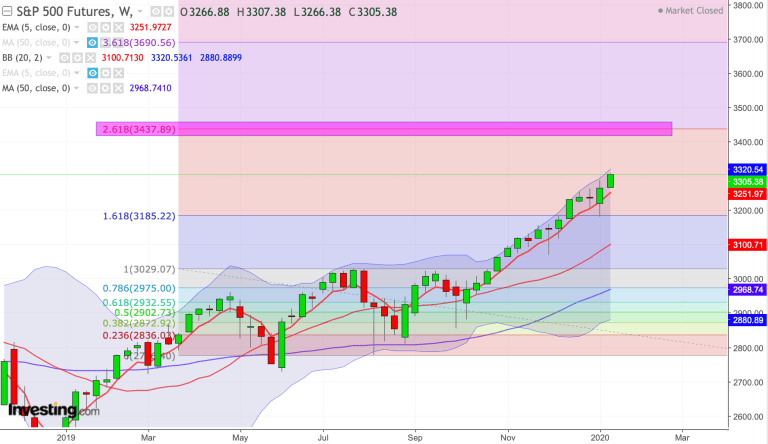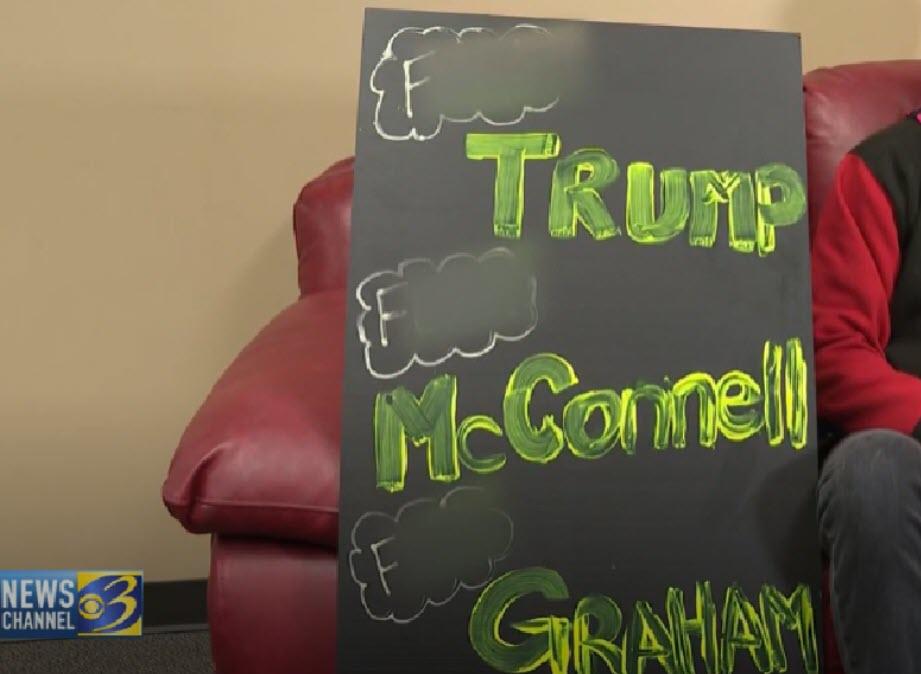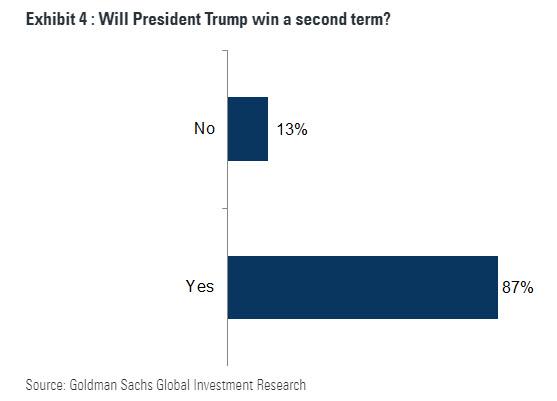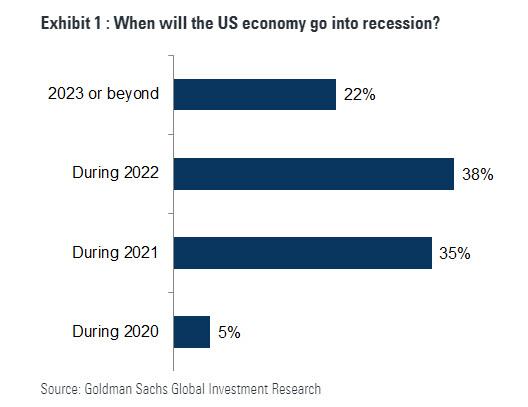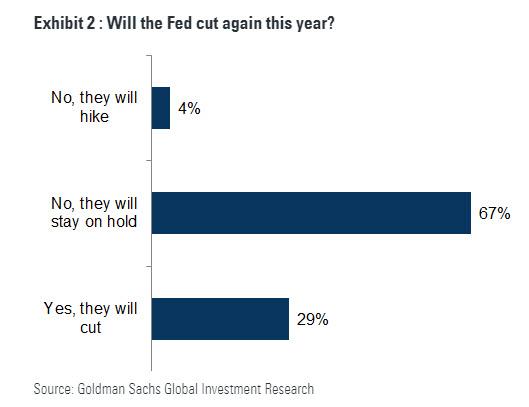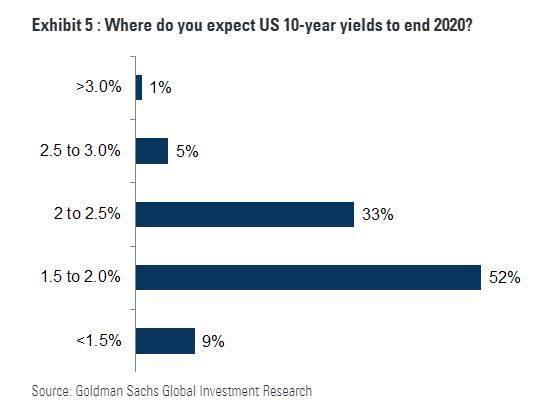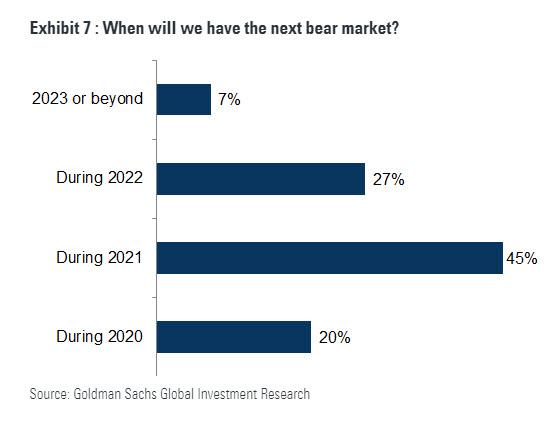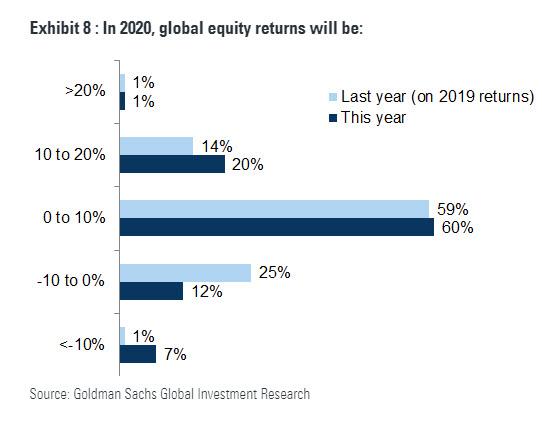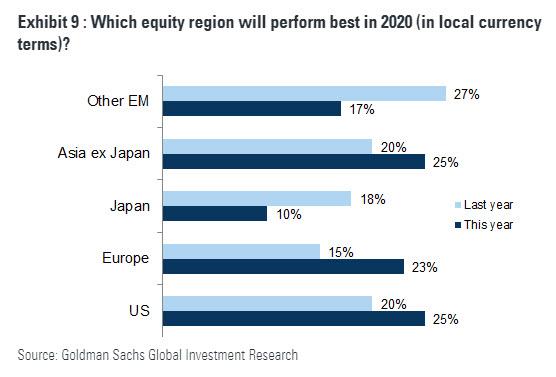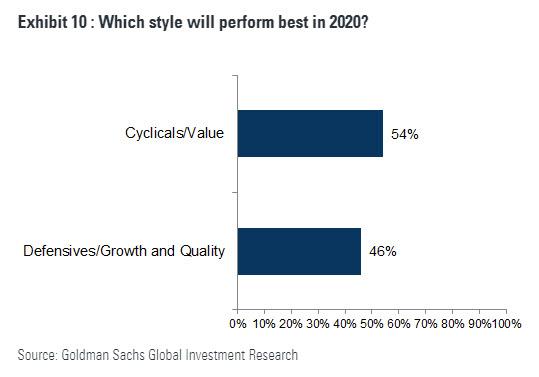Washington, D.C.’s largest public transportation agency has been sitting on a stash of gold and didn’t even know it.
A recent report found that the Washington Metropolitan Area Transportation Authority (WMATA)—which is responsible for running bus and rail transit service in and around the nation’s capital—was unaware that it had 204 14-karat gold pins (worth on average $426 per pin) in storage.
The revelations come as part of a critical report from WMATA’s Office of the Inspector General (OIG) on the transit agency’s storage practices, which found numerous problems with how the agency stored and accounted for its $144 million inventory of spare parts and equipment.
As other reporters have noted, the excess, unaccounted-for gold pins and sloppy storage practices are a bad look for a cash-strapped agency that is trying to save money through service cuts to some bus routes and fare hikes.
Welp – yet another damning report from the Metro IG. Metro has spent hundreds of thousands on warehouses that appear to be hardly ever used – and thousands on 14k gold pins for employees – that were NEVER distributed #wmata @nbcwashington pic.twitter.com/EfsrIO1nK5
— Adam Tuss (@AdamTuss) January 16, 2020
According to the OIG report, WMATA purchased 900 gold pins, for a total cost of $143,000, in 2013 as part of its Length of Service Recognition Program. The pins would be rewarded to employees to denote their years of service to WMATA.
During the course of the OIG investigation, the pins were discovered in WMATA’s main storeroom. The current official in charge of the service recognition program was unaware that the pins had been purchased, or that WMATA still had $87,000 worth of the pins in its possession. The actual distribution of the pins was also untraceable according to the OIG report.
Inspectors had two of the pins appraised, and determined that they were both made of 14-karat gold, and were worth $400 to $750 apiece.
The pins have since been moved to WMATA’s Human Recourses department, which runs the agency’s service recognition program. It’s unclear from the OIG report if the 204 pins were all from that 2013 order, and, if so, if the remaining 696 pins were distributed to employees or remain in storage.
WMATA did not respond to a request for comment for this article.
In addition to the pin problems, the OIG report also found that WMATA’s supply chain inventory responsibilities were fragmented across a number of different divisions and that the agency “could not accurately account for its total supply chain inventory or determine its value or location.”
The OIG found that WMATA had spent $800,000 in rent since 2012 on a remote storage facility, but didn’t have any staff assigned to control or distribute the items stored there. Inspectors who visited the facility found equipment left outside, or stored in unopened boxes marked 2008.
Since 2018, WMATA has, according to the OIG report, been trying to improve its inventory practices with its Supply Chaim Management Transformation Program. That initiative aims to centralize supply chain organization and hand over inventory management to WMATA vendors.
The OIG praised the initiative. It also issued five recommendations for further improvement, including using barcodes to track inventory and ensure all storerooms have video surveillance.
The report is another black eye for an agency that has suffered severe ridership declines and recently had a board member resign amidst corruption allegations.
from Latest – Reason.com https://ift.tt/2Rry6xJ
via IFTTT
